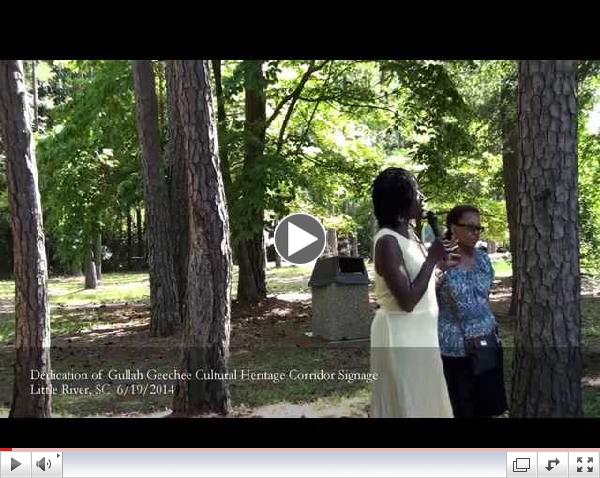|
|
November 9-14, 2014
Florence, Italy
November 11-14, 2014
Savannah, Georgia
|
|
South Mountain Fruit Belt
|
 | | People live and work amidst the orchards of the South Mountain Fruit Belt. Farms, markets and industrial complexes are located throughout the landscape. Credit: Katie Hess |
|
The South Mountain Fruit Belt lies in the foothills of the Blue Ridge Mountains in south-central Pennsylvania.
For over a century, a specialized fruit industry has flourished here, contributing to a rich agrarian heritage. Recognizing its economic and cultural importance, a network of partners has emerged to sustain the character of the Fruit Belt landscape and its residents' quality of life.
|
|
|
|
Living Landscape Observer
|
|
Advocacy Scholars - Call for Submissions
Do you know an undergraduate or graduate student interested in historic preservation, planning, history, public policy, law, architecture or a related field? If so, encourage them to apply to the Preservation Action Advocacy Scholars program, which offers a limited number of competitive scholarships to students interested in attending National Historic Preservation Advocacy Week (March 2-4, 2015) in Washington, D.C. This year, Preservation Action has joined the NHA@30 celebration by proposing the National Heritage Areas program as a topic for the required advocacy scholar's essay. Learn more.
|
|
PA Wilds: The Creative Economy & the Forest
In rural Northwest Pennsylvania, an effort is underway to link together conservation, recreation and local business development under the auspices of the state's Conservation Landscapes Initiative (CLI). What do these complex partnerships look like in practice and what can one community reveal about how a CLI works? Learn more.
|
|
New York State Heritage Areas
New York's heritage areas are "partnership parks" encompassing public and private interests as well as partnership between state and local government. The 1982 New York law creating a system of heritage areas across the state served is a forerunner of the 49 National Heritage Areas, which include the Erie Canalway National Heritage Corridor and the Hudson River National Heritage Area. More recently, however, the New York effort has suffered from a lack of funding and staff support. Learn more about what is going on here.
|
|
Interview with Duncan Hilchey
The Cultural Landscape Foundation recently featured an interview with Duncan Hilchey. It highlights his work on agricultural landscapes, including the wild blueberry barrens of Maine, the cranberry bog region of southeastern Massachusetts and the Concord Grape Belt in New York State. Read the whole interview here.
|
#NHA30: Key Documents
For this month's key document, we look at another piece of doomed legislation, the American Heritage Trust Act of 1989. The bill sought to create an American Heritage Trust, comprised of the existing Land and Water Conservation Fund (LWCF) and Historic Preservation Fund (HPF), to purchase lands and provide grants to states, localities, and private nonprofit organizations to support conservation, outdoor recreation, and historic preservation. The link above also contains transcripts of testimony from bill supporters and opponents. Interesting stuff!
|
|
In the News
Pennsylvania Heritage Areas Strategic Plan RFP
HeritagePA seeks proposals for the development of a 5-year Strategic Plan to inform the operation of Pennsylvania's Heritage Areas Program. The selected consultant will analyze input from HeritagePA, individual Heritage Areas, the Department of Conservation and Natural Resources, and key stakeholders to develop a unified program vision and implementation plan. See a copy of the RFP and learn more.
River Cities: Historical and Contemporary
The dynamic relationships between cities and their rivers, a landscape of potentially critical adaptability and resilience, is the focus of the 2015 Garden and Landscape Studies Symposium at Dumbarton Oaks. Its principal goal is to create a dialogue between designers and scholars to address the landscape consequences of advancing urbanization. The deadline is September 14, 2014. Learn more and see the full call for papers here. Gullah Geechee Cultural Heritage Corridor Signage Ceremony A new video highlights the recent installation of signage and the history of the corridor, which stretches through four states.  | |
Gullah Geechee Cultural Heritage Corridor Dedication 6/19/2014
|
New York Times Editorial Highlights Preservation of Bio-cultural Diversity David Harmon, Executive Director of the George Wright Society, and Jonathan Loh, a biologist specializing in biological and cultural diversity, recently penned an op-ed in the New York Times that called on biodiversity organizations to join forces with advocates for linguistic and cultural self-determination. See the full piece. Thirtieth Anniversary Snapshots Check out the National Park Service Heritage and Historic Preservation Facebook page for more updates from the NPS and partners on the thirtieth anniversary of National Heritage Areas. |
|
About Us
The Living Landscape Observer is a website, blog and monthly e-newsletter that offers commentary and information on the emerging field of large landscape conservation. This approach emphasizes the preservation of a "sense of place" and blends ingredients of land conservation, heritage preservation, and sustainable community development. Learn more about how you can get involved or sign up for the newsletter here.
|
|
|
|
|